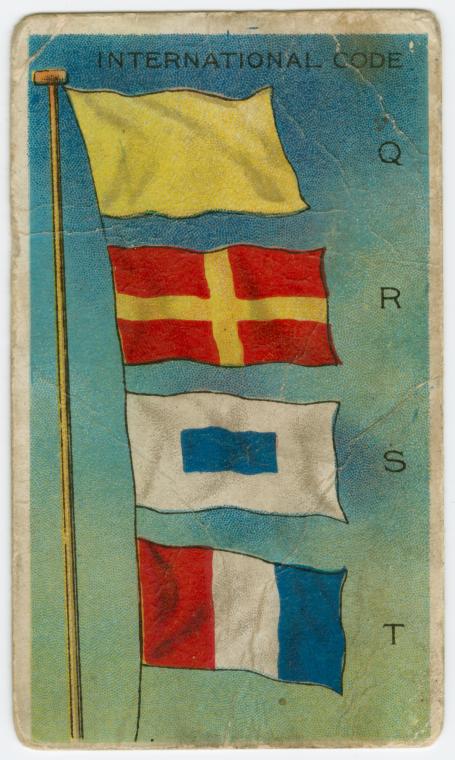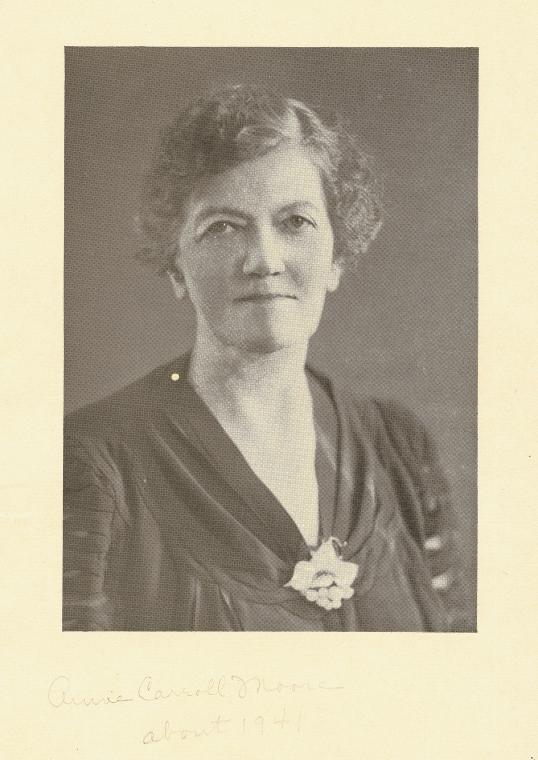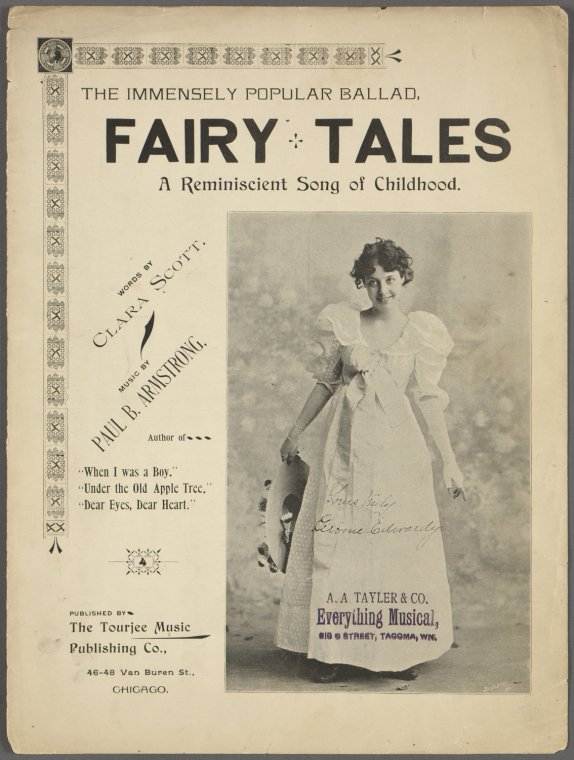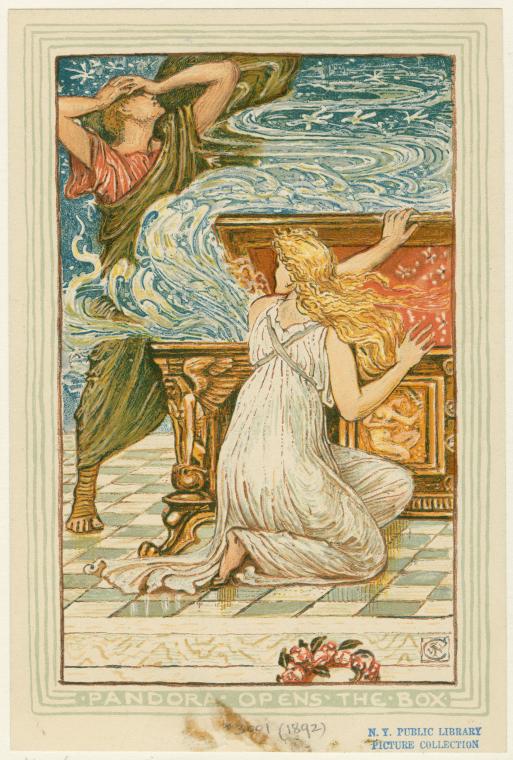For Teachers, Children's Literature @ NYPL
Children's Literary Salon in Retrospect: International Books on May 5, 2012
 Introduction of Speakers
Introduction of Speakers
Elizabeth Bird started the Children's Literary Salon, as usual, with an introduction of the speakers: Constance Vidor, Sharon Elswit, Pnina Moed Kass, and Rebecca Linde. Linde is the director of sponsorship and marketing for the New York International Children's Film Festival. She explained that the program would be started by a presentation on the International Board on Books for Young People (IBBY) from Constance Vidor, who is the director of library services at the Friends Seminary.
Then, Bird would have a panel discussion with Kass, author of Real Time, which has been translated into German and French, and Elswit, author of The Jewish Story Finder and The East Asian Story Finder. Then, Rebecca Linde would do a presentation on the New York International Children's Film Festival. Bird included information on upcoming Children's Literary Salons, which will occur on June 2, September 15, October 20, October 27, November 3, and December 1, 2012.
I nternational Board on Books for Young People
nternational Board on Books for Young People
Vidor then gave a presentation. She stated that one of her earliest recollections was of attempting to read Babar in French at age 5. She could not read, and French confounded her, but she very much wanted to decode the strange symbols and understand the story. On the projected screen was the home page of the IBBY, which she talked about. She stated that the book Ferdinand was banned in Germany in 1946, as were all books that were not Nazi propaganda. Consequently, kids in Germany did not have many books. So, a lady associated with the IBBY ran thousands of copies of Ferdinand for kids in Berlin. The mission of IBBY is to "share literature across borders." IBBY encourages the translation of children's literature into different languages, and also wants to make books available to kids about other cultures. It has been expanding foreign books beyond folktales and fairy tales. There are 76 national sections of IBBY, including Azerbajan and, of course, the United States of America.
The US, like other developed nations, likes to bring authors and illustrators from other countries to us. There is an element of social consciousness in the children's literature that IBBY makes available. For example, there was a book about children who were made to work in coal mines. IBBY also brings books to children in crisis (eg, Haiti). Vidor mentioned that the IBBY has an international conference every year, and the United States Board on Books for Young People also holds a conference every other year.

Panel Discussion with Elswit and Kass
Bird began the panel discussion with Elswit and Kass by mentioning that the two come from completely different perspectives, and that she planned to leap between the two by alternately addressing questions to them. She wanted to demonstrate the wide range of discussions that are possible about children's literature that is written in different countries, and how translations and editing choices can affect how the messages in literature are communicated to the audience.
Merging of Cultures
Bird directed the first question to Elswit. She mentioned that there had been a merging of cultures of different groups. For example, folktales from the 1950s, 1960s, and 1970s comprised African myths from tribes that were mushed together. Stories were created from tribal myths, and people were at a loss as to which tribe the stories came from. She asked Elswit if this crossover and cross-polination still occurs today.
Elswit responded that yes, there is an author who took a Jewish story and presented it as an Arab one. However, the mashing of tribes together into one amorphous entity occurs less today. If it says that a story is from Africa on the cover, one will discover which country (eg, Ghana) the story is from upon examining the inner pages of the book. In fact, she works on multicultural Little Red Riding Hood story with her classes. She is with the Manhattan Preparatory School.
Cultural Differences in Editors
Bird directed the next question to Kass. She stated that Kass had some books that were published simultaneously in Israel and the United States. Bird asked her if she had had different editing experiences in the two countries.
Kass said that she had some books that had been published in Israel but not in the US. She stated that she had a young adult novel in which a suicide bomb exploded in Jerusalem, and people wanted to know who had been injured. An editor suggested alphabetizing the list, but Israel is a small country and citizens would not bother alphabetizing such a list; they just wanted names. This is a cultural element to the story that the editor did not understand. Kass has also had books translated into French and German.
Elswit stated that she had a story that contained fairies, but there were none in Japan. The work was geared to speak to English and American audiences. Now, she lets other people decide about translation and editing options for her work.

Decline of Folktale Publication?
Bird mentioned that there is a perception that folktales are not published as much nowadays. She asked Elswit if there seemed to be less interest in that type of literature today, or not.
Elswit responded that there has been a resurgence in oral storytelling. However, she heard that in 1998, there were 44 titles of folktales, and only 12 in 2011.
Kass added that the economic recession could be affecting the book industry, and that the budgets of libraries have been slashed. She also mentioned that ebooks exist now, and that could also be contributing to the decline of print folktales.
 Elswit mentioned that we still have gems in our library collections. It is the job of librarians to give people access to the stories. It seems that librarians go to the same stories from certain cultures over and over. One interesting thing that she would love to do would be to go to the hills of Tennessee and listen to storytellers in October at the National Storytelling Festival. It is the responsibility of librarians and teachers to provide access to the materials that authors wrote so that people could enjoy and learn from them. At her school, there is composting, and some students persisted in dropping liquid into waste bins. So a staff member asked her for a book about cheating to teach the students proper behavior. Elswit also added that you can now find many books with Google and on the Internet.
Elswit mentioned that we still have gems in our library collections. It is the job of librarians to give people access to the stories. It seems that librarians go to the same stories from certain cultures over and over. One interesting thing that she would love to do would be to go to the hills of Tennessee and listen to storytellers in October at the National Storytelling Festival. It is the responsibility of librarians and teachers to provide access to the materials that authors wrote so that people could enjoy and learn from them. At her school, there is composting, and some students persisted in dropping liquid into waste bins. So a staff member asked her for a book about cheating to teach the students proper behavior. Elswit also added that you can now find many books with Google and on the Internet.
Ebooks in multicultural children's literature
Bird inquired as to whether Kass was becoming involved with ebooks.
 Kass stated that she just signed a contract with her Israeli publisher. The book involves a male character who is slow, shy, and involved with special education. Pnina encourages reading stories in any form. If a child reads a story on the back of a cereal box, that suits her. She has worked on two audiobooks for kids who are at the age of listening to stories. She is for stories in "any shape and form that ignites the imagination of a child."
Kass stated that she just signed a contract with her Israeli publisher. The book involves a male character who is slow, shy, and involved with special education. Pnina encourages reading stories in any form. If a child reads a story on the back of a cereal box, that suits her. She has worked on two audiobooks for kids who are at the age of listening to stories. She is for stories in "any shape and form that ignites the imagination of a child."
Bird asked if the panelists believe that the future of children's literature is in ebooks.
Kass mentioned that Israel is a very isolated nation, partially because of its politics. They have many ebooks in other languages in Israel, as well as children's books in other languages. She is beginning work on an app with a snail character. Sometimes, it's time to "put your pen aside, put a mouse near your hand, and go with it." Don't fight it, she says.
 Myths versus folktales
Myths versus folktales
Elswit mentioned that many books are coming in as 398.2 (folktale Dewey Decimal call number) rather that 292 (mythology Dewey Decimal call number). She has always wondered about the folktale/mythology distinction. She asked librarians if they were recataloging materials when they arrived, and she learned that librarians like to keep the books distinctly in the two categories.
Bird stated that she has seen many mythology books arrive incorrectly cataloged as 398.2 (folktale call number).
What's on the horizon
She asked the panelists what is new that they are currently working on.
Kass responded that she has three projects that are currently circulating on the desks of various editors. One is a graphic novel for junior high school students. One is a teen novel that borders on adult that includes a confrontation between religion and science.
Elswit responded that she is working on a book about Latin America, which can get very political. She stated that she needed to include Tibetan stories under stories about China, because otherwise citizens of China would never see the stories. On the advice of a teacher, she included the Tibetan stories under the heading China so that they would be circulated and read in that country. She is currently seeing more folklore that are published in Spanish/English bilingual books coming into libraries.
New York International Children's Film Festival
Linde then gave a presentation about the New York International Children's Film Festival. In 1997, the festival started. It has grown to accomodate 25,000 audience members in 2011, and the festival is now one month in length. Out of 3,000 submissions, the best 100 are chosen for the festival. She gave a presentation of clips from a variety of films with music that was projected onto the wall of the Margaret Berger Forum. Then, we saw a more detailed story of a boy and his Grandpa who were cooking fish for dinner. The boy begs his grandfather to tell him the story about the boy and fish. His Grandpa at first declines, then starts telling a version which the boy corrects.
Bird thanked the participants and panelists for attending. Thanks to Betsy Bird for coordinating and moderating another enlightening Children's Literary Salon at NYPL.
Future Children's Literary Salons
Children's Literary Salons are held nearly every month on a Saturday from 2 p.m. - 3p.m. at the Stephen A. Schwarzman Building of the New York Public Library.
- June 2, 2012 - Formed in 1987 by a group of Brooklyn illustrators to share publishing information and industry experiences, the Children's Book Illustrators Group brings together artists with an interest in producing exceptional artwork and books for children. Join Donna Miskend, President (Exhibition Curator), Vicky Rubin (Webmaster, Listserve Manager), Maria Madonna Davidoff (Postcard Designer) and others in a discussion of the group's accomplishments and future goals.
Time: 2 p.m. - 3 p.m.
Location: Margaret Berger Forum, Room 227 - September 15, 2012 - Patti Lee Gauch: The picture book has long been a favorite of both children and adults. But why do some picture books stand transcend? Do they begin, as an Act of Mischief - with design and color as well as idea? And what about the creators themselves? Did the mischief begin with them? Using examples from some of the most best loved picture books, Patricia Lee Gauch, editor of three Caldecott medal winning books, will bring new understanding to this popular genre.
- October 20, 2012 - Bullying in children's literature with Frieda Wishinsky.
- October 27, 2012 - Crockett Johnson and Ruth Krauss: How an Unlikely Couple Found Love, Dodged the FBI, and Transformed Children's Literature. An illustrated talk, focusing on Johnson and Krauss in the 1950s, the period in which they reinvent the modern picture book, and the FBI places them under surveillance. Working with legendary Harper editor Ursula Nordstrom, Johnson publishes Harold and the Purple Crayon (1955), and Krauss begins her decade-long collaboration with Maurice Sendak, creating the groundbreaking A Hole Is to Dig (1952), A Very Special House (1953) and six others. And FBI builds a file on Johnson, opening his mail, monitoring his bank account, and noting the names of people who visited or phoned. Drawing from the biography (forthcoming September 2012) that shares its title with this talk, Nel offers a story of art, publishing, politics, and the power of the imagination.
- November 3, 2012 - Independent Publishing in an Age of Mass Marketing — While huge companies like Scholastic, Macmillan, Harper Collins, etc. may have seemingly unlimited funds to promote their materials, smaller independent publishers have found niche areas missed by some of their bigger competitors. Join Cheryl Hudson (Just Us Kids), Claudia Zoe Bedrick (Enchanted Lion Press), and others for a conversation about the advantages and disadvantages of being a David in an era of Goliaths.
- December 1, 2012 - Jonathan Yamakami, the designer behind Tara's I Saw a Peacock with a Fiery Tale, and other designers in New York.
Descriptions provided by Betsy Bird, Youth Materials Specialist
- A Fuse #8 Production
- Google ebooks about multicultural children's literature
- TumbleBooks (ebooks that are offered in languages other than English)
- Databases for kids
- Multicultural books for kids
- Folklore ejournals
- Children's Literature Association
Read E-Books with SimplyE
 With your library card, it's easier than ever to choose from more than 300,000 e-books on SimplyE, The New York Public Library's free e-reader app. Gain access to digital resources for all ages, including e-books, audiobooks, databases, and more.
With your library card, it's easier than ever to choose from more than 300,000 e-books on SimplyE, The New York Public Library's free e-reader app. Gain access to digital resources for all ages, including e-books, audiobooks, databases, and more.
If you don’t have an NYPL library card, New York State residents can apply for a digital card online or through SimplyE (available on the App Store or Google Play).
Need more help? Read our guide to using SimplyE.
